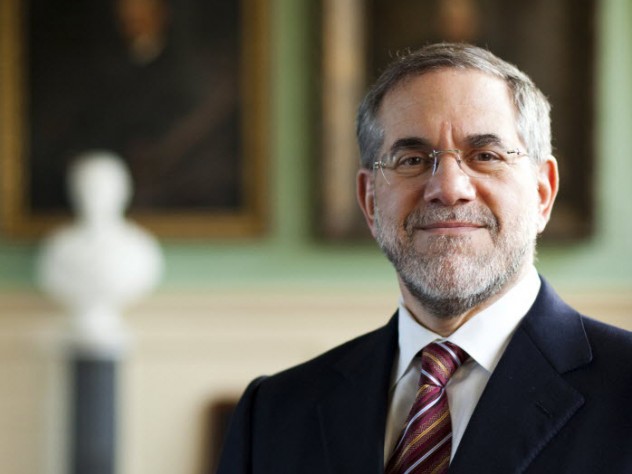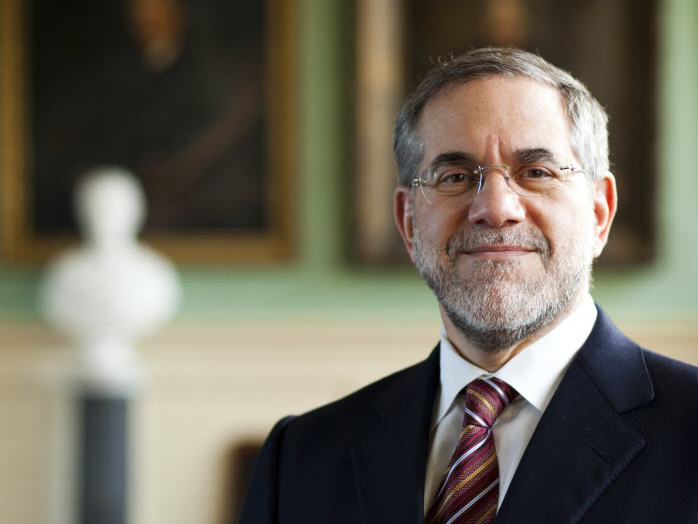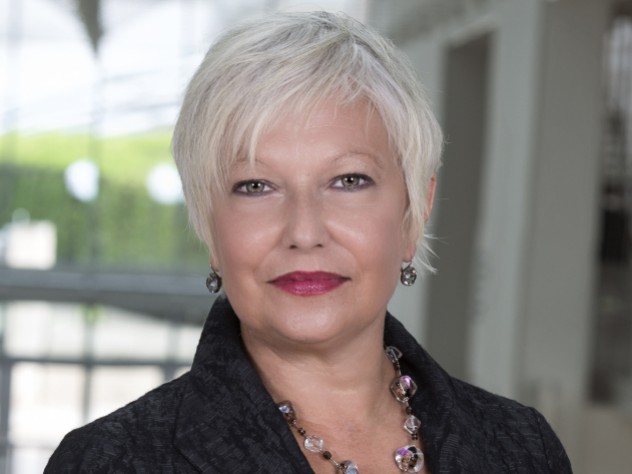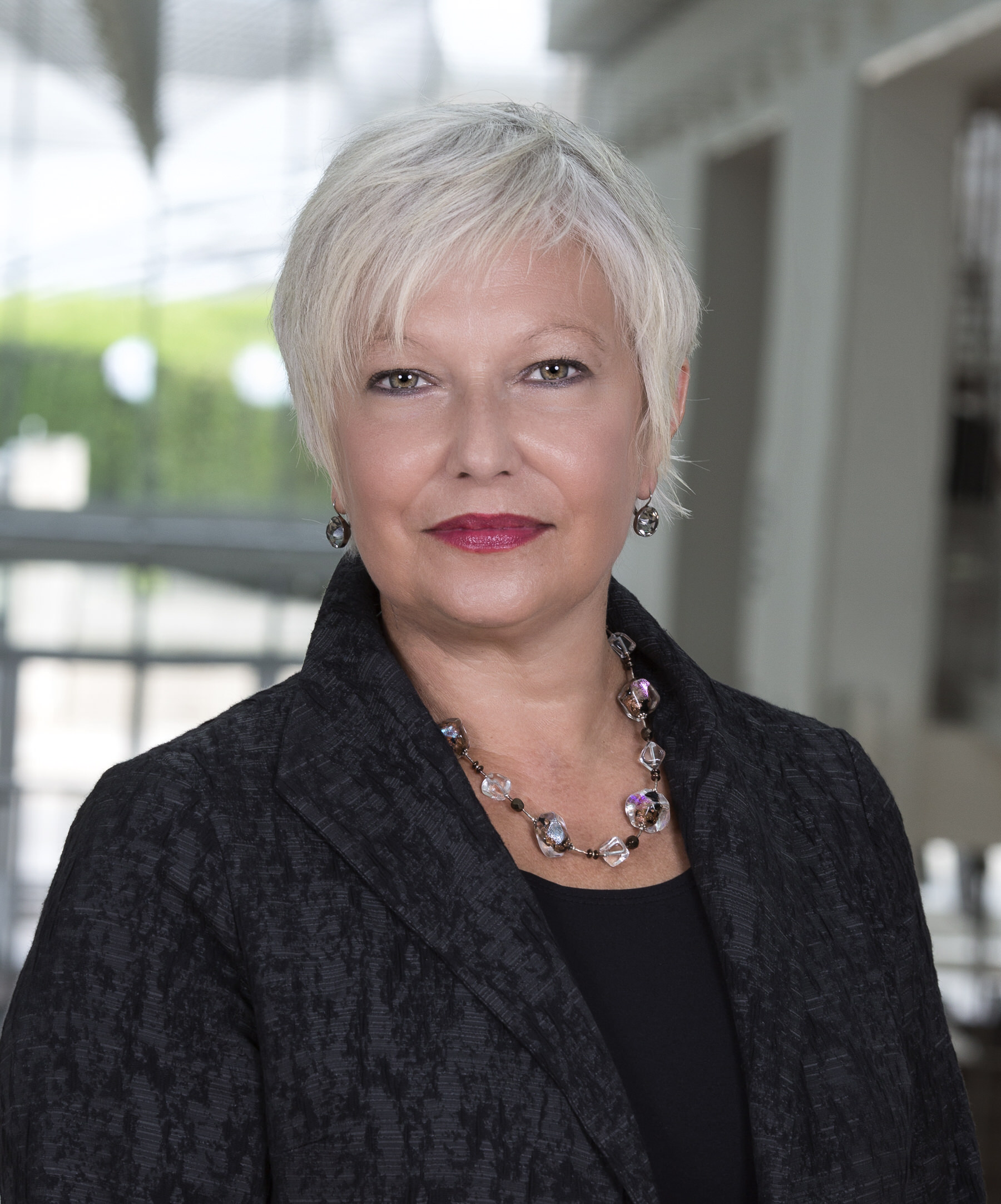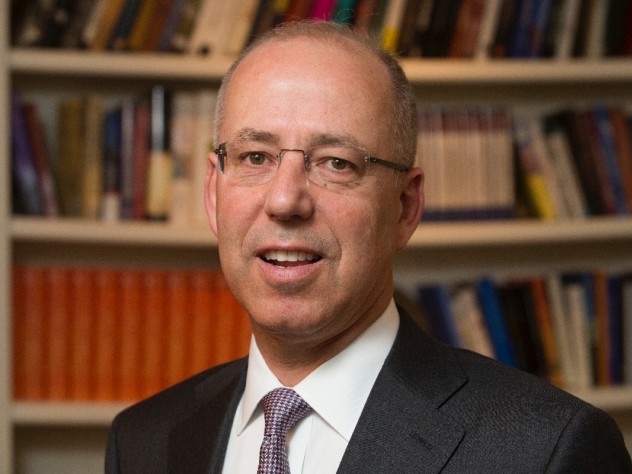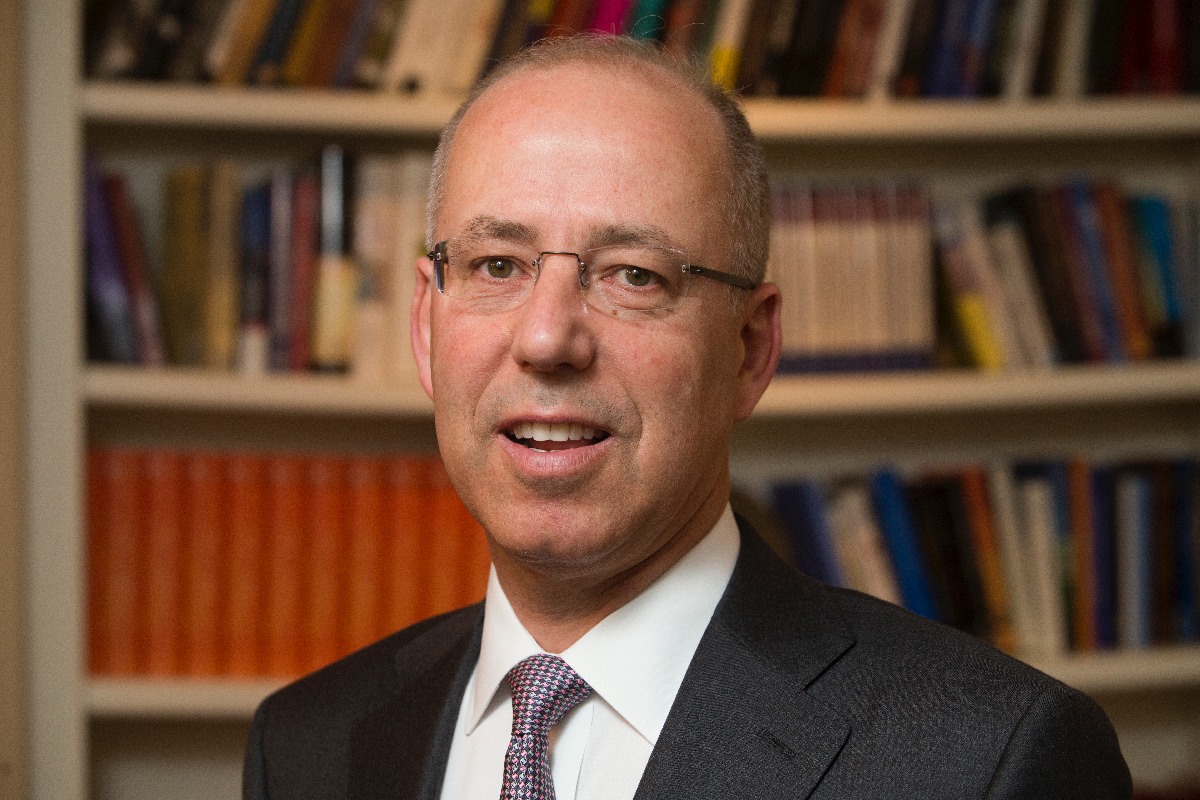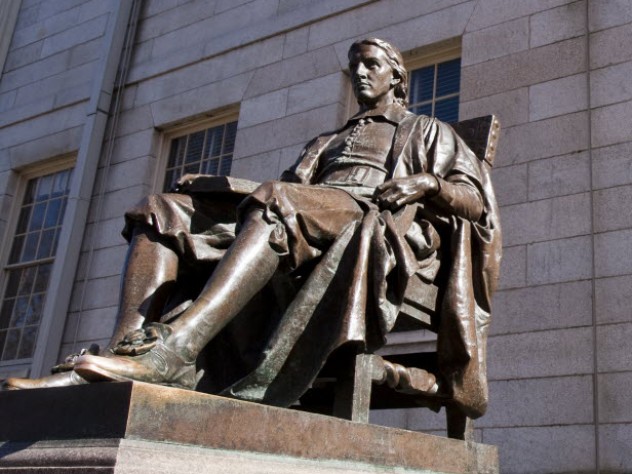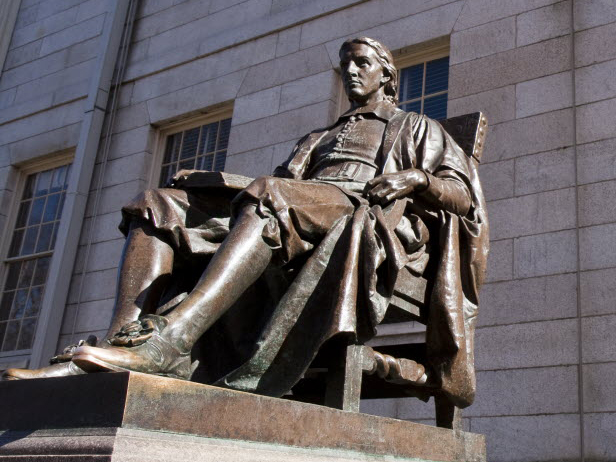Following the announcement of a five-person petition slate of candidates in this spring’s voting for members of Harvard’s Board of Overseers, and certification of the petitioners for placement on the ballot, a number of alumni have formed an opposing Coalition for a Diverse Harvard.
The coalition is aiming squarely at the petitioners’ “Free Harvard/Fair Harvard” platform (“abolishing tuition and increasing admissions transparency at Harvard College”). The coalition makes the case that the petition slate’s central issue is opposition to the University’s ability to consider applicants’ merits and characteristics broadly, in an effort to create a deliberately diverse student body. The coalition’s website frames the petitioners’ challenge this way:
Issues of diversity—particularly racial, ethnic, and socioeconomic diversity—at Harvard and beyond have been pushed to the fore of the upcoming Harvard Overseers election….
As reported in The New York Times [in the mid January article that announced the petition slate], four of the petition slate’s five candidates “have written or testified extensively against affirmative action,” and “several [members of the group] are known for their past advocacy against using race in admissions.” “Their positions are in lock step with claims in a federal lawsuit” that if successful, Harvard says, “would overturn its efforts to build a racially diverse class.”
As Harvard alumni and students, we call on members of the Harvard community to join this Coalition against the petition slate—and in favor of race-conscious and holistic admissions practices that support campus diversity.
We support a process that seeks to admit students whose unique passions, talents, and personal qualities from across geographies, socioeconomic backgrounds, gender identities, sexual orientations, religions, and racial and ethnic backgrounds will contribute to Harvard’s greater sense of community.
Assembling a diverse student body and creating an environment where all students can thrive is central to Harvard’s mission of improving the quality of education and creating successful citizens and leaders in a diverse nation and world. We believe there is no formula that can create this special mix of individuals, nor can the merit of the individuals be measured by test scores or grades alone.
Framed this way, the campaign—and it now appears there will be a vigorous one, waged through social media and perhaps other channels—juxtaposes contending worldviews about diversity, affirmative action, and the parameters applied in undergraduate admissions. That brings into the Overseers’ election some of the issues being fought out in continuing litigation about higher-education admissions practices:
- the Fisher v. University of Texas at Austin case reargued before the U.S. Supreme Court last fall, now awaiting a decision, which aims directly at the use of race as an admissions criterion at public institutions; and
- the Project on Fair Representation-organized lawsuit filed against Harvard, a private institution, seeking “the outright prohibition of racial preferences in university admissions—period.”
(Detailed background on these cases in the context of several decades of related litigation about affirmative action in college admissions appears here.)
Consistent with its aims, the coalition has asked each Overseer candidate to respond to these questions:
- How important should student diversity be at Harvard? What strategies should the University pursue regarding this?
- Please state your views on affirmative action.
- Please state your views on race-conscious college admissions (if not specified in your answer to question #2).
- Please state your views on whether Harvard should be more transparent about its college admissions process, particularly about how the mix of students is created.
- What steps have you taken to bring diversity to your workplace or to an organization that you have participated in?
It plans to post the responses, and to recommend candidates for election from among the eight Harvard Alumni Association nominees and the five petitioners. (Qualifying voters receive ballots in early April, and may vote for up to five Overseer candidates in each annual election.)
The rest of this report examines coalition positions on the petition slate’s principal platform issues (concerning admissions and College tuition); recent comment on the issues by Harvard president Drew Faust; and some of the arguments and data invoked in the admissions debate.
Admissions
As reported,the petitioners’ slate“demand[s] far greater transparency in the admissions process, which today is opaque and therefore subject to hidden favoritism and abuse.” It goes on, by reference, to suggest“strong evidence of corrupt admissions practices at Harvard and other elite universities, with the children of the wealthy and the powerful regularly granted admission over the more able and higher-achieving children of ordinary American families. In some cases, millions of dollars may have been paid to purchase an admissions slot for an undeserving applicant.” It then pivots to an historical point (“[J]ust as their predecessors of the 1920s always denied the existence of ‘Jewish quotas,’ top officials at Harvard, Yale, Princeton and the other Ivy League schools today strongly deny the existence of ‘Asian quotas’”); makes a claim about current admissions practices concerning Asian and Asian-American applicants (“But there exists powerful statistical evidence to the contrary”); and then makes a call to action based on that claim: “Racial discrimination against Asian-American students has no place at Harvard University and must end.”
(This claim is at the heart of the Project on Fair Representation lawsuit against Harvard. In a related matter, in May 2015, several dozen Asian-American groups filed a complaint with the federal departments of education and of justice alleging that Harvard discriminated against Asian-American applicants; a larger number of Asian-American organizations coalesced to express their opposition to the complaint and their support of affirmative action, including consideration of race in university admissions. The education department dismissed the complaint, in light of the pending similar litigation; read the Crimson’s account here.)
Referring to The New York Times article about the petition slate’s debut, Jeannie Park ’83, said, “Who’s against ‘free’ and ‘fair’? That sounds pretty good.” But, she continued in a telephone interview, “Four of the five are pretty well known for their writings and activism against affirmative action, and particularly race-aware admissions.” Park, former executive editor of InStyle and People magazines and an active member of Harvard’s Asian-American alumnae/alumni community, said, “The fact is that Harvard needs to be a place where diversity is a fundamental value,” throughout its student body, faculty, and staff, and “race is just one of many, many factors that are considered and should be considered in the admissions process.” And so, as she talked with friends and classmates, she found “quite a lot of people, as we knew there would be, who felt similarly”—leading her to be an early supporter and organizer of the Coalition for a Diverse Harvard. (By coincidence, Ron Unz, who organized and leads the petition slate, is also a member of the class of 1983.)
In support of current practices and their aim, Park said that all applicants seriously considered for admission to the College present grades, test scores, and other quantitative evidence of their ability to undertake Harvard-level academic work (the metrics by which admissions decisions should be made, Unz has argued). The larger aim of evaluating candidates’ recommendations, statements of interest, extracurricular pursuits, and so on is to evaluate their broader qualities, too, so as “to build a class to provide each one of the students with the opportunity” to have the fullest undergraduate experience possible, not only in formal classroom settings but also, Park recalled, “what we learned from our classmates in crazy late-night arguments with people you’d never agree with.”
The result, she said, was for many students “the most diverse experience they’ll ever have”—an experience that “shapes all of us as alumni in our lives and work.” Constructing that kind of student body, she said, depends on evaluating candidates broadly, and including among the factors consideration of race: “The University has only gotten there because it has been able to use race as one of the factors in the admissions process.” Overall, she said, “Harvard strives for some ideal mix. To deprive Harvard of one of the ways they are able to get there would be to the detriment of everyone.” Comparing current College classes to her own, Park said, “I only wish my class could have been as diverse as Harvard is now.”
In contrast, Unz has written at length in favor of what he considers objective “meritocratic” and academic criteria—grades and standardized test scores—suitable for admissions evaluations. (He has gone so far as to suggest that extracurricular talents, like musical performance or athletics, be excluded from consideration for admission to institutions like Harvard, and that admissions for a large part of a typical class might be by random lottery.)
Park said that the coalition, which launched its website with a core of 125 or so supporters, had since attracted a “very broad-based group” (about 600 have now signed on), diverse in gender, ethnicity, religion, sexual orientation, and class year.
As for the suggestion in the Times article that Asian Americans would be “energized” by the petitioners’ slate, Park called that “a galvanizing statement. The slate does not speak for all Asian-American Harvard alumni.” She cited a history of “Asian Americans being used to drive a wedge into affirmative-action” debates, and said, “This is not what all Asian Americans feel,” even for issues surrounding higher-education admissions.
(The coalition of groups opposing the May 2015 complaint to the federal departments, cited above, is one indicator of divided opinion on the issue.)
Should Harvard Be Free? The Impact on Applications
The petitioners’ platform demands “the immediate elimination of all tuition for undergraduates since the revenue generated is negligible compared to the investment income of the endowment.” While recognizing that “Harvard does exempt from tuition families earning less than $65,000 per year,” the platform maintains that “relatively few less affluent families even bother applying because they assume that a Harvard education is reserved only for the rich.”
As a rationale for this significant financial decision, the platform continues, announcing a tuition-free Harvard College education would make headlines, “and soon nearly every family in America would be aware that a Harvard education was now free. Academically successful students from all walks of life would suddenly begin to consider the possibility of attending Harvard. Other very wealthy and elite colleges such Yale, Princeton, and Stanford would be forced to follow Harvard's example and also abolish tuition. There would be considerable pressure on all our public colleges and universities to trim their bloated administrative costs and drastically cut their tuition.”
Presumably, that would have the result, locally at least, of promoting greater socioeconomic diversity, and thus lessening the pressure to resort to other evaluation measures in constructing a diverse class. Several of these perspectives. advanced in the context of critiquing affirmative action, are clearly laid out, in legal terms, in the amicus brief filed with the Supreme Court during the 2012 first round of the Fisher case by Stuart Taylor Jr., J.D. ’77, a member of the petition slate, and Richard Sander ’78. They are coauthors of Mismatch: How Affirmative Action Hurts Students It’s Intended to Help, and Why Universities Won’t Admit It.
(On the financial details, see a discussion of the University endowment, the Faculty of Arts and Sciences’ share of those assets, and its cash flows. A related issue, perhaps to be clarified during the election campaign, is whether the platform pertains only to the tuition part of students’ term bill, $41,632 in the current academic year—as its four-year, $180,000 cost calculation suggests—or also to the associated room, board, and fees, amounting to about $19,000 more annually.)
Coalition for a Diverse Harvard supporter Kevin Jennings ’85—active both among alumni who were the first members of their families to attend college, and in class and reunion activities—critiqued the petitioners’ proposal on the grounds of both efficacy and equity.
For first-generation students, he said in a telephone interview, the “central issue of access to Harvard is not financial aid.” To the extent that some of the petition candidates have advocated focusing on applicants’ scores on standardized texts, they are at odds with their own expressed goal of enhancing socioeconomic diversity: as Jennings put it, “Most first-generation students come from lower socioeconomic families, who can’t afford tutors, prep courses,” and other means of improving performance on the SAT or ACT that are within reach of higher-income families. So a test- and grades-focused or less holistic admissions process “excludes more people like me. It’s not a serious proposal.” Enacting the petitioners’ complete platform, he said would enable applicants from upper-income backgrounds to “totally take over and get to go to Harvard for free. To me, that sounds less fair.”
Focusing on that equity concern, Jennings said that eliminating tuition would make the College free to children of the wealthy, who are already very advantaged, further skewing admissions—a result that would make first-to-college students feel “more excluded.”
He hastened to note the significant challenges facing prospective applicants from lower-income and first-generation families who might consider applying to selective, elite institutions like Harvard—ranging from their access to proper preparation and enrichment (alluded to above), to the social challenges presented by their new environment and community when they arrive on a campus. Attempting to pursue broader socioeconomic diversity by promoting a “free Harvard,” he said, is “not a sincere effort to understand what first-generation students need to succeed. It’s a gimmick. I’m offended” that the petitioners’ platform invokes the issue in this way.
Circling back to the broader coalition position, he said, “The idea that somehow ‘qualified’ people are being shut out of Harvard is based on a fundamental notion of qualifications that I don’t agree with.”
Campaign Logistics
Thus far, each campaign has established a website (linked previously). The petitioners obviously activated their networks of friends and supporters in the process of circulating physical petitions and gathering signatures. The coalition group has, as Jennings put it, had “a lot of conversations with people,” talking through issues and soliciting supporters to sign up. In the weeks ahead, one would expect a significant social-media campaign, particularly when the coalition posts candidates’ responses to its questionnaire and makes endorsements—timed to the distribution of ballots to alumni voters at the beginning of April.
Ron Unz, who is a veteran of statewide ballot-proposition campaigns in California, is himself a prolific writer-advocate; in addition to the dispatches collected at the campaign website, he has recently collected his many essays into an enormous volume. As the initial Times article on the petition effort suggests, he is skilled in attracting news coverage of his work; in a conversation in Cambridge on February 1, he noted that “general media” coverage was the most effective channel for such campaigns, and that in any campaign, the platform and its key themes were a “very useful media hook” to interest journalists and, in turn, to stimulate broader discussion of the underlying issues. Although he expressed confidence that the petition slate could secure election, he also said that “the campaign is as important as the final vote.”
Alumni can clearly expect to read more in coming weeks, in their e-mail and social-media accounts, and possibly in the media at large.
President Faust’s Perspectives
During the course of a regular news interview on March 8, President Drew Faust addressed both elements of the petitioners’ platform.
Tuition:“Free tuition is a really bad idea. It would mean we would be subsidizing significantly people who could afford to pay Harvard tuition, and our sense has always been that Harvard’s resources should be devoted to enabling those who otherwise would be unable to come to Harvard, to come to Harvard and thrive here. When we think about the wide range of purposes to which we devote resources, they include more than tuition. They include spaces, faculty salaries, research—and if we were to subsidize those who were not in need of subsidy, we would be taking resources away from those very important purposes at Harvard.”
Admissions:“I also have a deep commitment to our admissions process, which looks at students as individuals and considers the wide range of attributes that they possess and would bring to bear on this community, because so much of what this community is about is the interactions between and among students as well as what they learn directly from the faculty members. So who will be a vibrant member of this community, both within the classroom and beyond the classroom, is a very important part of our assessment of student qualifications. And we therefore want to take into account many of these attributes as we consider admissions, and having the diversity of backgrounds, experiences, identities, origins among our student body is a critical part of that. Race as one factor considered among all of those has been an important dimension of how we’ve thought about this diversity, and we are involved in sustaining that approach to admissions.”
Diversity Data
Beyond the differences of worldview and values represented by the Free Harvard/Fair Harvard slate and the Coalition for a Diverse Harvard, some of their proponents have advanced various factual claims supporting their arguments.
The foundational text for Unz’s efforts is his 2012 essay, “The Myth of American Meritocracy,” discussed in some detail in earlier reporting about the Overseers’ election. After publication, in fact, Unz’s work was subjected to vigorous scrutiny and critique of his data, analyses, and conclusion. Harvard Magazine’s earlier reporting did not note this debate—much of which is captured in the statistical blog maintained by Andrew Gelman, Ph.D. ’90, professor of statistics and political science at Columbia.
(Close readers of the texts may find that Unz’s own views are diverse, and appear to have evolved over time; at one place in his 2012 “Myth” essay, he observes that measured by one test, “[T]here appears to be no evidence for racial bias against Asians…”, and in a 1998 Wall Street Journal op-ed he references in the essay, based on his estimates of Harvard’s enrollment then, he found significant overrepresentation of Asian and Jewish students.)
This entry point to the Gelman blog posts links to many of the exchanges. Among the significant entries were several focusing on the “Myth” essay’s analysis of the proportion of enrollment made up of Jewish students, their academic performance, and the enrollment of non-Jewish whites. Gelman drew on an analysis by Janet Mertz, McCoy professor of oncology at the University of Wisconsin-Madison School of Medicine and Public Health, whose studies of students who excel in the leading mathematics competitions led her to doubt Unz’s use of those data. She found that “Unz employed a mixture of methodological approaches with different sources of large errors that were additive, including at least one highly subjective one.” On one measurement, she wrote, Unz’s data were off five-fold, and she challenged other sets of data, the tools used to gather them, and the use made of the information in analyzing enrollment.
Also figuring in the discussion was an analysis prepared by Nurit Baytch ’00 (like Unz, a physics concentrator). She challenged Unz’s estimation of Jewish student enrollment in the College, his analysis of National Merit Scholarship (NMS) semifinalists (one of his core proxies for academic proficiency), and much of the ensuing analysis. From her summary:
The greatly varying NMS qualifying scores by state render the set of NMS semifinalists a flawed proxy for the pool of Harvard applicants, especially in light of the negative correlation between a state’s NMS qualifying score and its % of non-Jewish whites. Hence, the demographics of the national set of NMS semifinalists cannot be used to predict the expected ethnic/racial composition of Harvard. I will also discuss other respects in which comparing the demographics of NMS semifinalists to that of Harvard undergraduates is a flawed methodology to deduce bias: the average NMS semifinalist likely has a lower [P]SAT score than the average Harvard undergraduate; the distribution of intended majors among National Merit Scholars is weighted more heavily toward science and engineering than among incoming Harvard freshmen; Harvard College students are disproportionately drawn from Harvard’s geographical region, the Northeast (which is considerably more Jewish than the US in general), just as Stanford and Caltech undergraduates are disproportionately drawn from the West Coast (which is disproportionately Asian). The Weyl Analysis results from Stanford’s public directory yielded the estimate that 3-5% of Stanford undergrads are Jewish, which no more proves that Stanford discriminates against Jews than the higher percentage of Jews at the Ivies proves that they discriminate in favor of Jews, as asserted by Unz. [The Weyl technique generates an estimate of the percentage of Jews in a large data set based on the frequency with which specific distinctive Jewish surnames appear.]
As these excerpts suggest, much of the criticism (interlaced in Gelman’s blog with Unz’s responses) focused on the “Myth” essay's claims about Jewish student enrollment and performance—and therefore, in Unz’s analysis, what he concluded was relative underenrollment of non-Jewish white students.
Baytch’s essay also has a section on whether Harvard, Yale, and Princeton discriminate against Asian-American applicants. Her analysis suggested that average performance data for white and Asian-American students are skewed, because there is a bimodal distribution of test scores for white students (legacies and recruited athletes have lower test scores than others). She also pointed to differences related to geography (the populations from which East and West Coast schools draw differ demographically, as noted above); academic interests (Asian-American students “are disproportionately represented among STEM majors” and thus not strictly aligned with the broad liberal-arts offerings of the HYP institutions, versus, say, MIT or Caltech); and student-self description (no race or ethnicity indicated, or bi- or multiracial) as among issues bearing on the question. Consistent with her overall critique, she concluded:
I would like to emphasize that I am not asserting that HYP do not discriminate against Asian-Americans but rather that the data Unz presented do not prove or disprove this question (nor am I defending admissions preferences for legacies or athletic recruits); in addition, there is no evidence in the data sets that Unz examined that Jewish students are the recipients of admissions preferences or that non-Jewish whites are victims of discrimination.
Summarizing these critiques, Gelman concluded:
Unz’s argument has two parts, a numerator and a denominator. First, that Ivy League colleges were admitting tons and tons of Jews: 25% at Harvard, Yale, and Columbia and “this same general pattern” in the other five Ivy League schools. Second, Unz writes that the academic credentials of American Jews are not so impressive, with Jews representing “less than 6 percent” of National Merit Scholar semifinalists, a number which Unz presents as “an extreme upper bound to a more neutrally-derived total.”
This seems pretty clear. You have a group that’s 6% of the top achievers, getting 25% of the places in top colleges. A factor of 4, that’s a lot. Sure, Unz’s reasoning can be questioned on the edges: Ivy League schools draw more students from the Northeast, and Unz’s estimates are only approximate. Unz acknowledges some of these issues, writing, “any of the individual figures provided above should be treated with great caution, but the overall pattern of enrollments—statistics compiled over years and decades and across numerous different universities—seems likely to provide an accurate description of reality.” In short, a factor of 4! That would seem pretty solid.
Nope. When you look at the numbers carefully, though, that factor of 4 erodes and erodes until there’s nothing left.…
In his article, Unz claims to have found that elite college admissions underrepresent Asian-Americans (in comparison to their academic talent achievements) and overrepresent Jews, leaving non-Jewish whites squeezed out. Looking at the statistics more carefully, we see no evidence that Jews are admitted preferentially compared to other whites. Unz’s error arose because he used different sorts of information with different biases that did not cancel out but actually reinforced each other, underestimating the proportion of high-achieving Jews and overestimating the Jewish presence among Ivy League students.
Readers with a deep appetite for the vivid interplay of statistical analyses bearing on significant issues, and with an interest in Harvard, may wish to plumb these exchanges in detail. It is unlikely that the Overseers’ election will fully engage many voters with the full range of these debates. But they exist, and suggest the deep currents underlying much of this year’s unusual contest for the governing-board seats.










